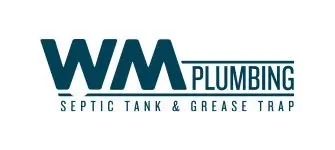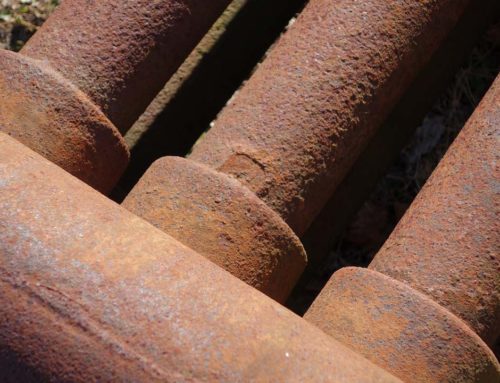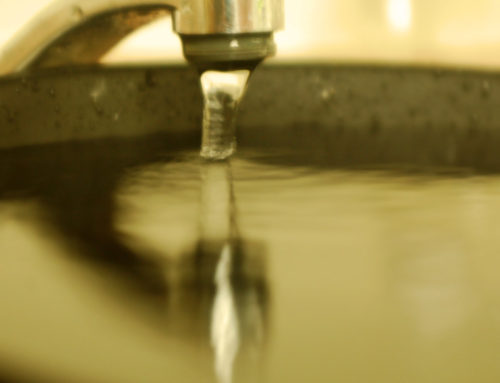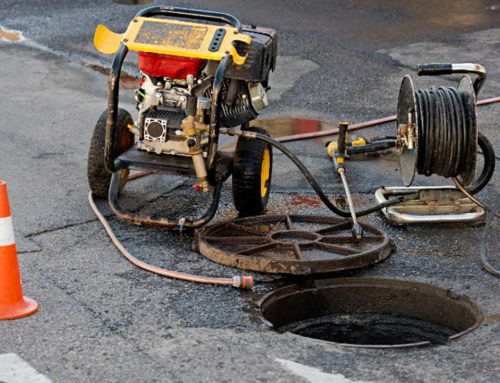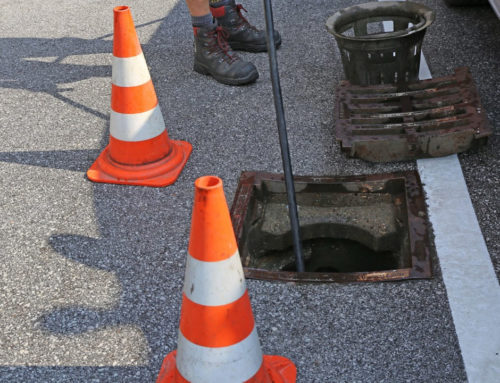Ensuring Clean Water: The Link Between Backflow Prevention and Health
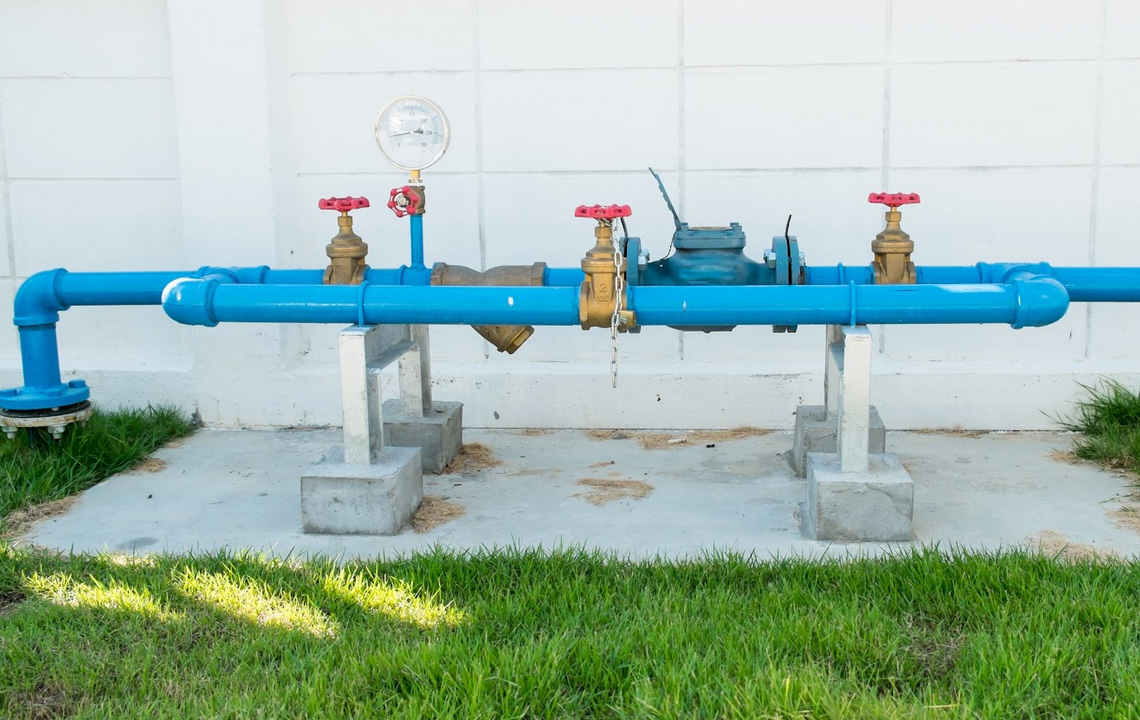
Clean water is a fundamental necessity for sustaining life and promoting public health. However, maintaining water quality can be challenging, particularly in systems where the potential for backflow exists. Backflow occurs when the flow of water in a plumbing system is reversed, potentially allowing contaminants to enter the clean water supply. The prevention of backflow is crucial for safeguarding public health, as it helps to ensure that the water we use and consume remains free from harmful substances.
What Causes Backflow?
Backflow can occur in various scenarios, such as during sudden changes in water pressure or when there is a cross-connection between potable water and sources of contamination, such as irrigation systems or industrial processes. Without adequate safeguards in place, these situations can lead to the contamination of the clean water supply, posing significant risks to public health.
Prevention of Backflow
One of the key methods for preventing backflow is the installation of backflow prevention devices. These devices are designed to prevent the reverse flow of water by creating a physical barrier between the clean water supply and potential sources of contamination. Backflow prevention devices come in various types and configurations, including air gaps, check valves, and reduced pressure zone (RPZ) assemblies, each suited to different applications and levels of risk.
By implementing backflow prevention measures, water utilities and municipalities can mitigate the risk of contamination and ensure that the water delivered to homes, businesses, and public facilities remains safe for consumption and use. Regular maintenance and testing of backflow prevention devices are essential to ensure their effectiveness over time and to identify any potential issues before they compromise water quality.
Link To Public Health
The link between backflow prevention and public health is evident in numerous incidents where backflow has resulted in water contamination and outbreaks of illness. For example, in 1993, Milwaukee experienced an outbreak of cryptosporidiosis, a waterborne disease caused by the parasite Cryptosporidium, which affected over 400,000 people and resulted in numerous deaths. The outbreak was linked to the failure of a filtration plant to adequately prevent the backflow of contaminated water into the city’s drinking water supply.
Similarly, in 2014, the city of Flint, Michigan, faced a public health crisis when lead contamination was discovered in the drinking water supply. The contamination was attributed to corrosion in the city’s aging water infrastructure, exacerbated by a failure to implement proper corrosion control measures after a switch in the water source. While not a traditional backflow event, the Flint water crisis underscores the critical importance of maintaining water quality and preventing contamination at every stage of the water supply chain.
Economic Benefits
In addition to protecting public health, backflow prevention also has economic benefits. Waterborne disease outbreaks can result in significant healthcare costs, lost productivity, and damage to businesses and tourism industries. By investing in backflow prevention infrastructure and practices, communities can reduce the risk of such events and the associated financial burdens.
Ensuring clean water is essential for safeguarding public health and promoting well-being. Backflow prevention plays a crucial role in maintaining water quality by preventing the contamination of the clean water supply. By implementing robust backflow prevention measures, communities can reduce the risk of waterborne disease outbreaks and the associated health and economic impacts. Continued investment in backflow prevention infrastructure and practices is vital to protecting public health and ensuring access to safe, clean water for all.
